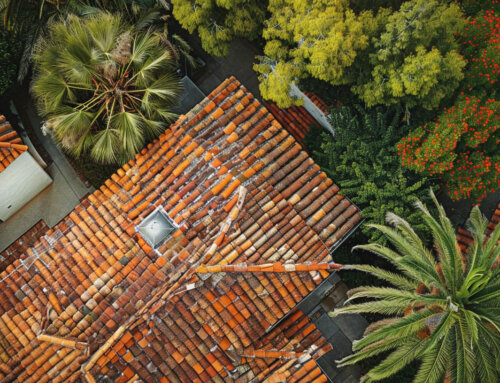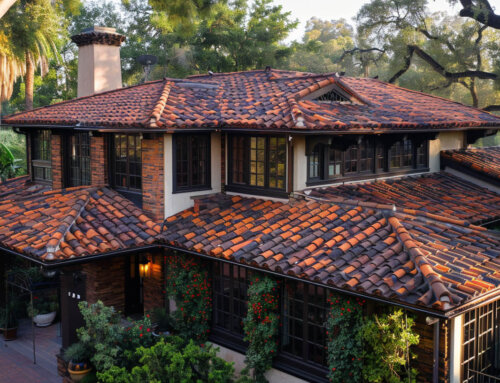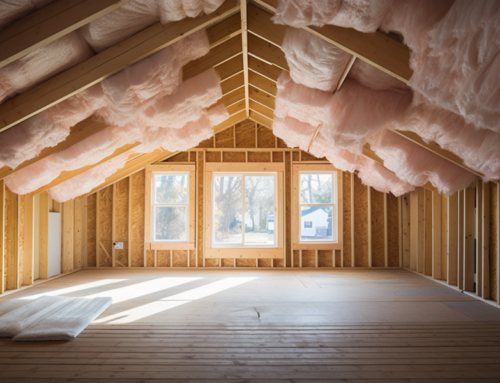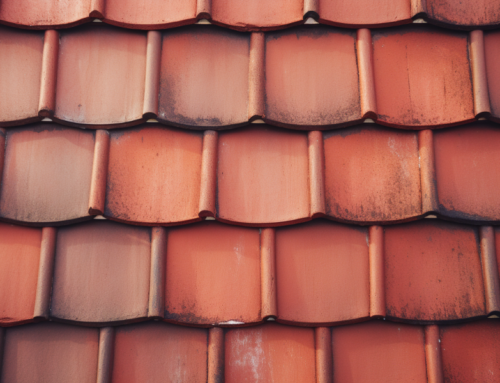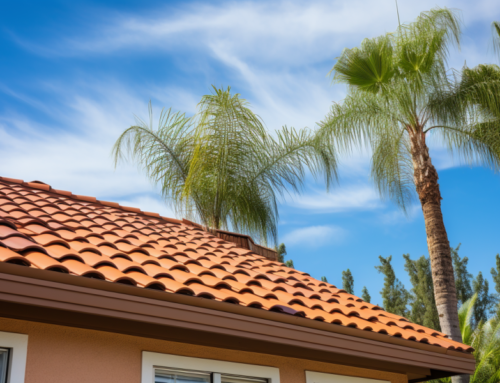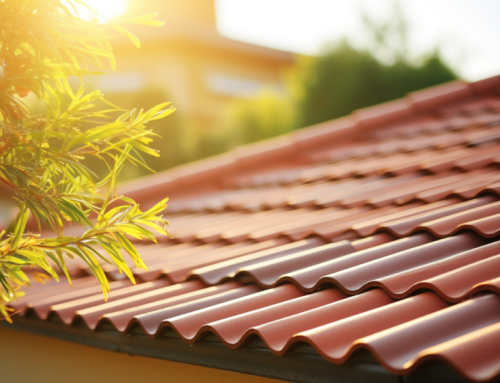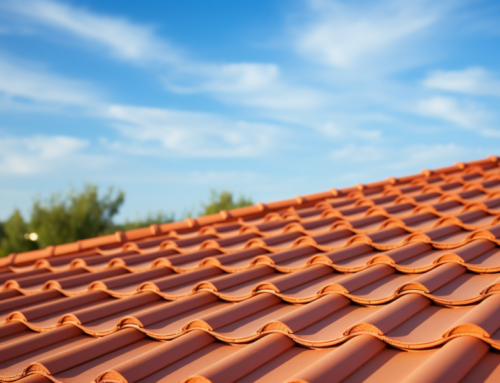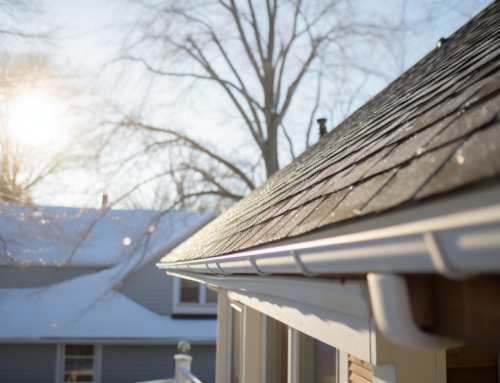Roofing underlay, often overlooked, plays a pivotal role in ensuring the longevity and effectiveness of your roofing system. As the unsung hero of roofing, underlay provides a myriad of benefits that not only enhance the durability of your roof but also contribute to the overall well-being of your home. Here, we delve into the significance of roofing underlay and its indispensable advantages.
Understanding Roofing Underlay
Roofing underlay acts as a protective shield placed between the roof’s framing materials and its topmost layer of shingles. Commonly known as “shingle underlay”, its primary function is to ward off potential leaks, mold, and water damage from infiltrating your residence.
Modern innovations have ushered in a plethora of underlay alternatives tailored to cater to specific climatic conditions. At San Diego County Roofing & Solar, we take immense pride in aligning homeowners with roofing solutions that not only prolong the life of their roof but also curtail maintenance and repair needs.
Diverse Types of Roofing Underlay
The contemporary market is flooded with an array of underlayment materials, each boasting its unique set of advantages and limitations. Predominantly, these materials are classified into three primary categories:
- Asphalt-Saturated Felt Underlay: Often dubbed as “felt paper” or “tar paper”, this is a blend of asphalt, plant fibers, polyester, bitumen, and fiberglass, designed to bolster strength and water resistance. It’s pivotal to note that while it resists water, it isn’t entirely waterproof.
- Rubberized Asphalt Underlay: Contrary to its name, many of today’s versions exclude asphalt, leaning towards a mix of recycled rubber, polyethylene, polyester, and fiberglass. This underlay is renowned for its rubber-like flexibility, making it apt for regions with fluctuating temperatures.
- Non-Bitumen Synthetic Underlay: Crafted from thermoplastics like polyethylene or polypropylene, these underlays are celebrated for their waterproof nature, flexibility, and resistance to mold and UV rays.
Top 8 Advantages of Roofing Underlay
- Enhanced Aesthetics: Roofing underlay smoothens out the roofing structure, facilitating a uniform surface for shingle installation, thereby elevating your property’s visual appeal.
- Augmented Fire Safety: To meet Class A fire prerequisites, it’s imperative to opt for underlays that adhere to industry-standard regulations.
- Robust Weather Shield: Acting as a secondary line of defense, the underlay safeguards your roofing structure and your home’s interiors.
- Effective Moisture Barrier: Most underlays are designed to be highly water-resistant, ensuring optimal protection based on your home’s architecture and local weather patterns.
- Boosted Energy Efficiency: The underlay acts as an insulating layer, preventing air leaks, thereby contributing to energy savings.
- Guard Against Ice and Water Damage: The underlay’s water-resistant nature ensures protection against potential leaks, mold, and water damage, especially during harsh weather conditions.
- Roof Deck Protection: Acting akin to a protective wrap, the underlay safeguards the roof deck from external elements and potential damage.
- Peace of Mind: Knowing that your roofing system is fortified with a quality underlay ensures peace of mind, especially during extreme weather conditions.
San Diego County Roofing & Solar is committed to delivering top-notch roofing solutions. With our expertise in roofing in San Diego, we ensure that homeowners are equipped with the best roofing underlay, tailored to their specific needs. Whether you’re seeking roofers in San Diego or exploring options with local roofing companies in San Diego, our team is here to guide and assist you every step of the way.



